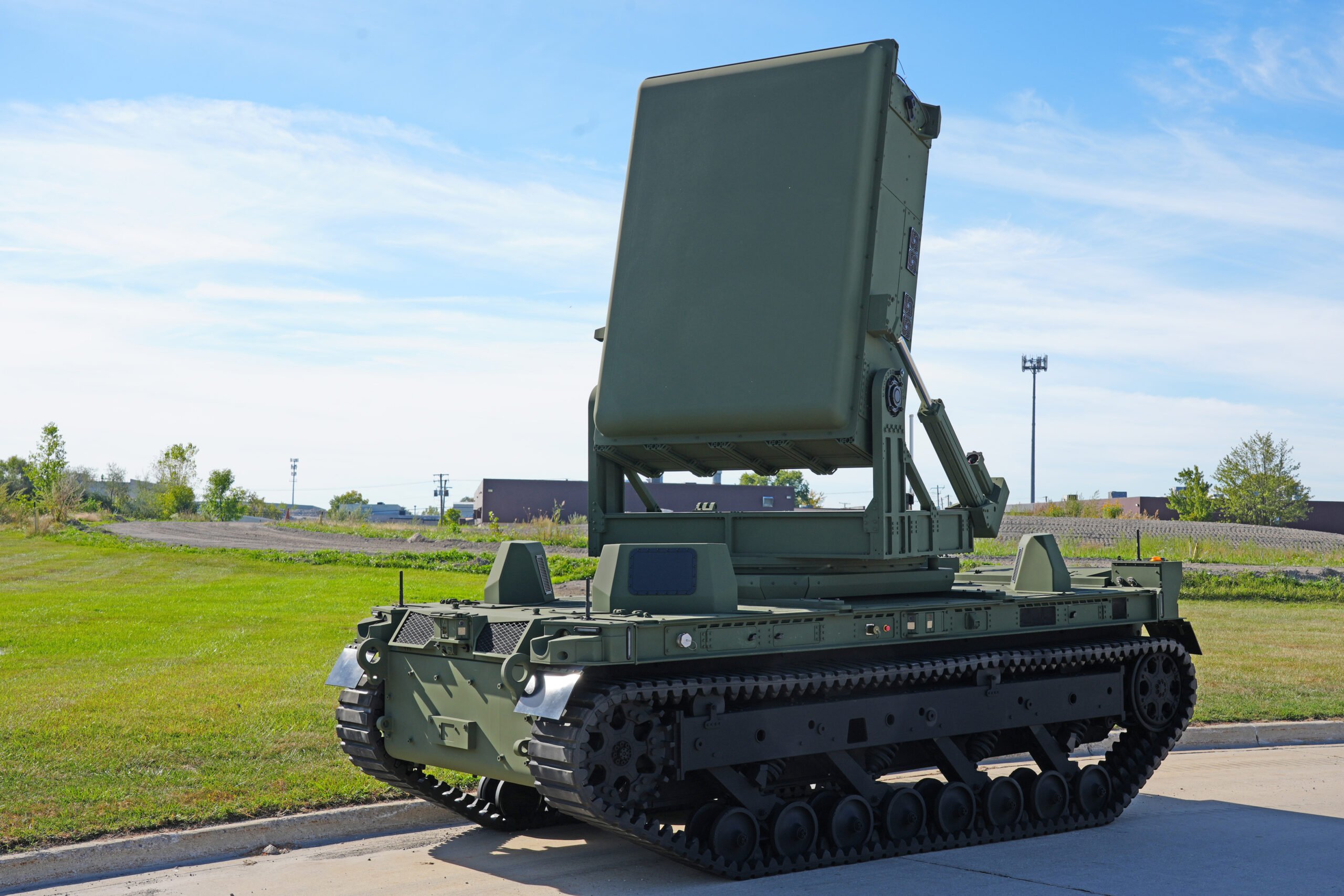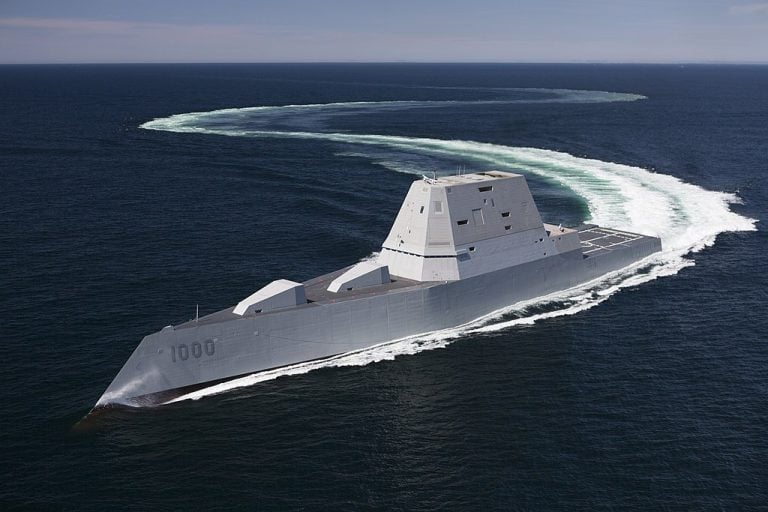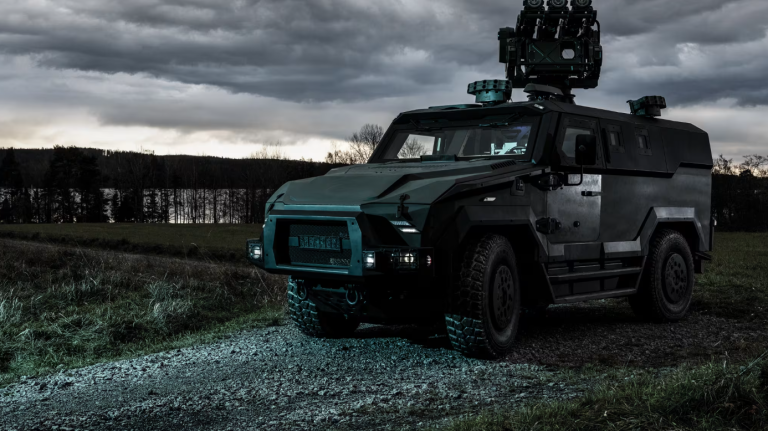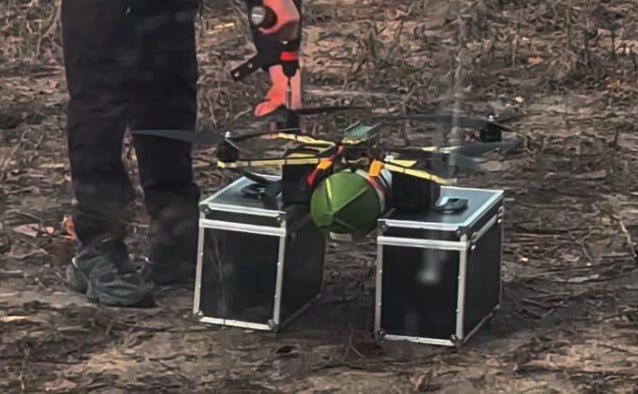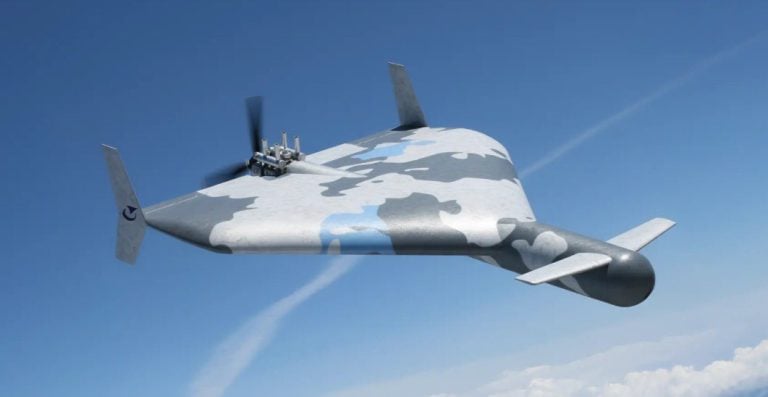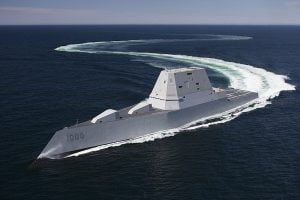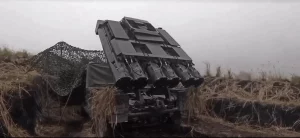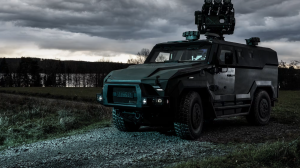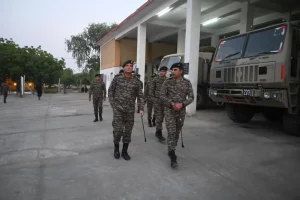In a groundbreaking development for modern warfare, Epirus has introduced an autonomous robotic version of its acclaimed Leonidas microwave weapon system. This cutting-edge iteration enhances the capabilities of the original device by enabling it to navigate the battlefield independently, significantly boosting its operational effectiveness against growing threats posed by drone swarms.
The new Leonidas Autonomous Robotic (AR) system is mounted on the 10-ton TRX unmanned ground vehicle, manufactured by General Dynamics Land Systems (GDLS). This integration allows the system to function autonomously, transforming it into a robust counter-unmanned aerial system (C-UAS) as well as a short-range air defense platform. The Leonidas microwave weapon is known for its ability to incapacitate drones quickly and efficiently, and the addition of autonomous movement enhances its versatility and responsiveness in dynamic combat environments.
By combining advanced robotic mobility with powerful microwave technology, the Leonidas AR is poised to be a game-changer for military operations. This innovation addresses the increasing prevalence of drone threats in modern warfare, where adversaries often deploy swarms of unmanned aerial vehicles (UAVs) to engage in surveillance or combat operations.
The ability of the Leonidas AR to engage these drone swarms on the move is a significant advancement in defense technology, potentially allowing military forces to protect critical assets and maintain air superiority in conflict zones. As the battlefield landscape continues to evolve with advancements in unmanned systems, the implementation of such autonomous solutions highlights a pivotal shift in military strategy and defense capabilities.
This latest development underscores Epirus’ commitment to innovation in the defense sector, as they continue to enhance their product offerings to meet the challenges of contemporary warfare. The integration of the Leonidas AR is expected to draw interest from military organizations worldwide, looking to bolster their defensive measures against aerial threats.
